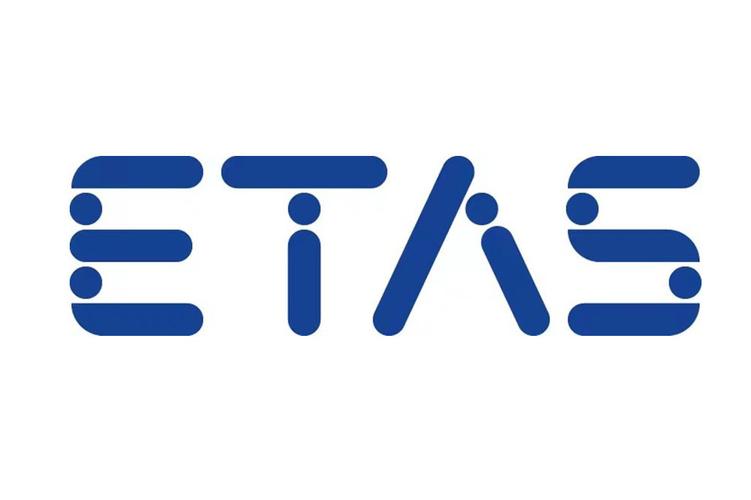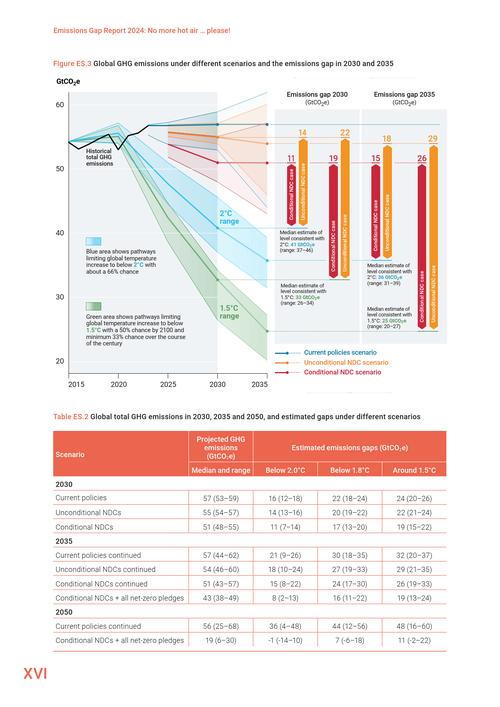Understanding the United States Population: A Detailed Overview
The United States, a nation known for its diverse culture and vast geography, is home to a population that is both complex and fascinating. With a population of over 331 million people as of 2021, the U.S. is the third most populous country in the world. In this article, we delve into various dimensions of the U.S. population, providing you with a comprehensive understanding of its demographics, migration patterns, and cultural diversity.
Demographics
As of 2021, the U.S. population is predominantly white, accounting for 60.4% of the total population. However, this figure is decreasing as the Hispanic population continues to grow, now making up 18.5% of the total population. The African American population stands at 13.4%, while Asian Americans represent 5.9%. Native Americans and Pacific Islanders together make up 1.3% of the population.

When it comes to age distribution, the U.S. has a relatively young population compared to other developed countries. The median age is 38.2 years, with a significant number of people aged 25 to 54, which is considered the prime working age. This demographic advantage contributes to the country’s economic growth and productivity.
Migration Patterns
Migration has always played a crucial role in shaping the U.S. population. Over the years, millions of people have moved to the U.S. in search of better opportunities, education, and a higher quality of life. The top countries of origin for immigrants in 2020 were Mexico, China, India, the Philippines, and El Salvador.
Immigration has been a significant driver of population growth in the U.S. In fact, between 2010 and 2020, immigration accounted for 44% of the country’s population growth. This trend is expected to continue, with projections showing that immigrants will account for 80% of the U.S. population growth by 2065.
Cultural Diversity
The U.S. is often referred to as a “melting pot” due to its cultural diversity. This diversity is evident in various aspects of American life, from cuisine to language to religion. The country is home to people from all over the world, each bringing their unique traditions and customs.

One of the most visible manifestations of cultural diversity is the variety of languages spoken in the U.S. English is the primary language, but Spanish is also widely spoken, especially in states with a large Hispanic population. Other languages, such as Chinese, Tagalog, Vietnamese, and Korean, are also spoken by significant numbers of people.
Economic Impact
The U.S. population has a significant impact on the country’s economy. With a large and diverse workforce, the U.S. is able to produce a wide range of goods and services. The country’s GDP, at over $21 trillion, is the world’s largest, and it continues to grow.
However, the economic impact of the U.S. population is not limited to its production capabilities. The country’s vast consumer market drives innovation and competition, leading to the development of new products and services. Additionally, the U.S. population’s high level of education and skills contributes to the country’s technological and scientific advancements.
Challenges and Opportunities
While the U.S. population offers numerous opportunities, it also faces several challenges. One of the most pressing issues is income inequality, which has been on the rise in recent years. The gap between the rich and the poor has widened, leading to social and economic disparities.
Another challenge is the aging population. As the baby boomer generation retires, the U.S. is facing a potential workforce shortage. This could have significant implications for the country’s economic growth and social welfare systems.
Despite these challenges, the U.S. population remains a source of immense potential. By addressing these issues and leveraging its strengths, the country can continue to thrive and contribute to the global community.
| Demographic Group | Percentage of Total Population |
|---|---|
| White | 60.4% |
| Hispanic | 18.5% |
| African American | 13.4% |
| Asian American |